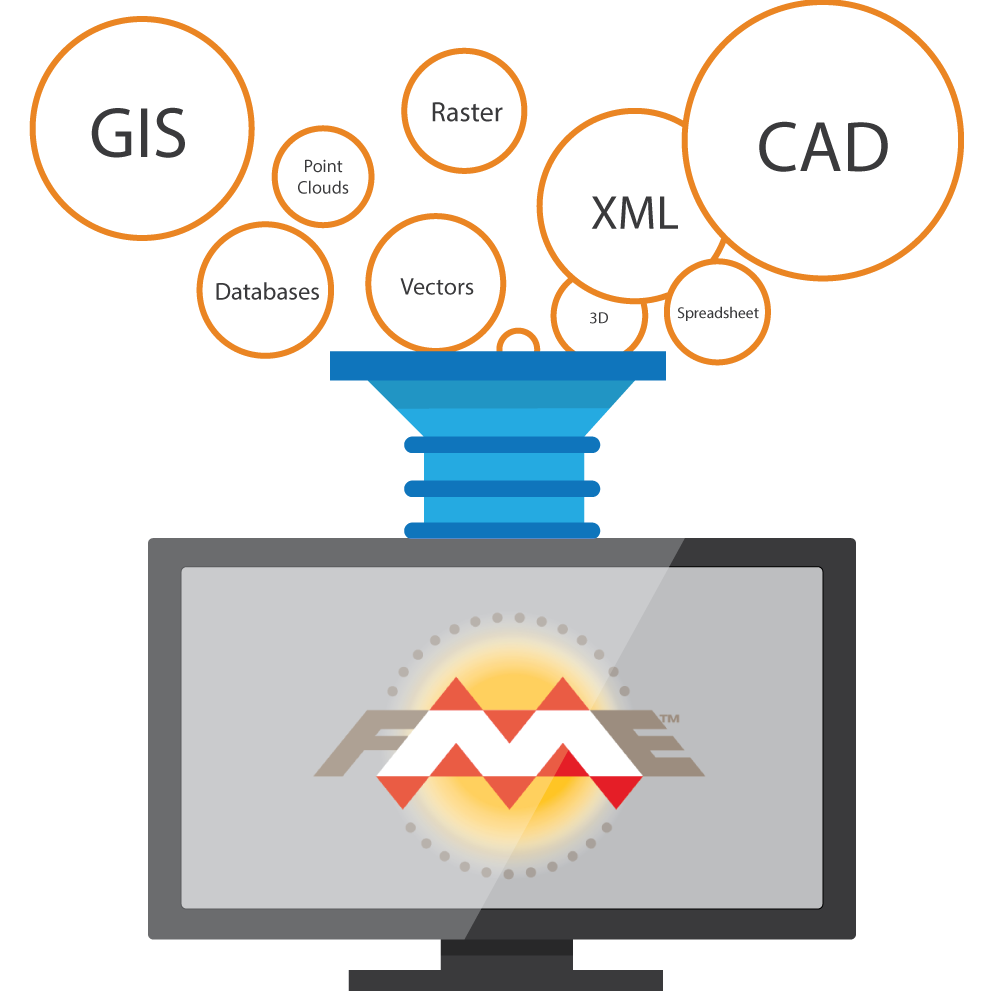Dgn Shp Converter
Posted : adminOn 9/11/2018
Article created with FME Desktop 2018.0 Introduction This example will show you how to transform City of Vancouver Postal Code data from ESRI Shapefile (*.shp) to AutoCAD Drawing (*.dwg) format, and store the attributes as Extended Entity data. Note: this video was created with FME version 2016.0. Some of the steps might be slightly different, but the overall process is the same.
How to Convert DWG to DGN (AutoCAD to Microstation) How to convert SHP to DWG (Esri Shapefile to AutoCAD) Basic DWG Block Handling Example: Exploding Block Entities (DWG to PDF). Convert any GPS, GIS, CAD or Map File Format with ExpertGPS File conversion is easy with ExpertGPS - just two clicks converts any GPX, DXF, SHP, KML, CSV or other CAD, GIS, or mapping file format. ExpertGPS is an all-in-one mapping solution and file converter, so you can import data, preview it over maps and aerial photos, make corrections, and.
Contoh Program Oop Php Download Free Apps. The instructions below are for 2018.0. Downloads • • Feel free to download and unzip the data (ForwardSortationAreas.zip file) attached to this article if you'd like to perform these steps yourself as we go along! The ESRI Shapefile forward sortation areas file denotes the different postal districts covering Vancouver. Source Data The Forward Sortation Areas data set provided here comes from Statistics Canada, 2011 Census Digital Boundary Files, 2013. Reproduced and distributed on an 'as is' basis with the permission of Statistics Canada. © This data includes information copied with permission from Canada Post Corporation.
Step-by-Step Instructions To create the demo, you will need to carry out the following steps. 1) Inspect the source (reader) dataset in FME Data Inspector Start FME Data Inspector. In Windows this is found under Start >All Programs >FME Desktop >Canon Mf4370dn Scanner Driver. FME Data Inspector Using Windows Explorer, drag the ESRI Shapefile into the data inspector and click OK. You can see that we have area features representing forward sortation areas. There is a single attribute (CFSAUID) which identifies the forward sortation area by the first three-digits of the postal code. 2) Start FME Workbench In Windows this is found under Start >All Programs >FME Desktop >FME Workbench 3) Select Generate Workspace This is found under File >Generate Workspace.
Alternatively, use Ctrl+G as a shortcut. 4) Browse to and select the source (Reader) dataset Select Esri Shapefile for the source format; do this by typing the name into the field until it appears within the dropdown list. Navigate to the ForwardSortationAreas.shp file and select the dataset. 5) Set the output (Writer) format to Autodesk AutoCAD DWG/DXF Select Autodesk AutoCAD DWG/DXF for the format for the writer; do this by typing the name into the field until it appears within the dropdown list. 6) Modify the output dataset Parameters By default, AutoCAD DWG files do not store attributes. However, attributes can be stored in AutoCAD DWG files as extended entity data. Click on Parameters, and set the Attribute Output to “Extended Entity Data”.
Then click OK. 7) Set the output dataset name and location Set the output file name to be VancouverFSA.dwg. Click OK to create the workspace. 8) Click the Run button on the toolbar Run the workspace by clicking on the green play button.
This carries out the translation. 9) View the DWG in FME Inspector Open FME Inspector. Using Windows Explorer, drag the VancouverFSA.dwg file into FME Inspector and click OK. When prompted, “Select Dataset to View”, open the reader Parameters and set Group Entities By to “Attribute Schema”. This will ensure that you can view the attributes in your AutoCAD DWG file that were saved as extended entity data. Refer to the Knowledge Base article for more information on the “Group Entities By” options for AutoCAD DWG/DXF files.